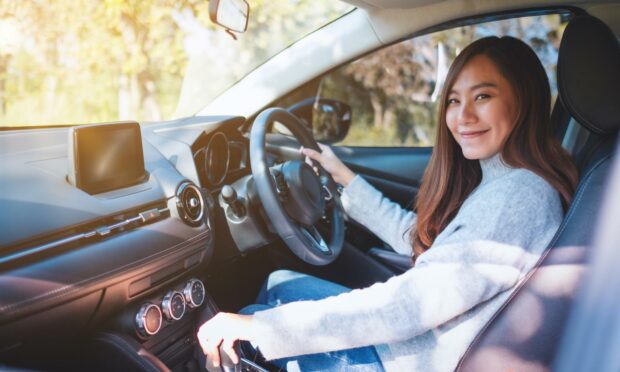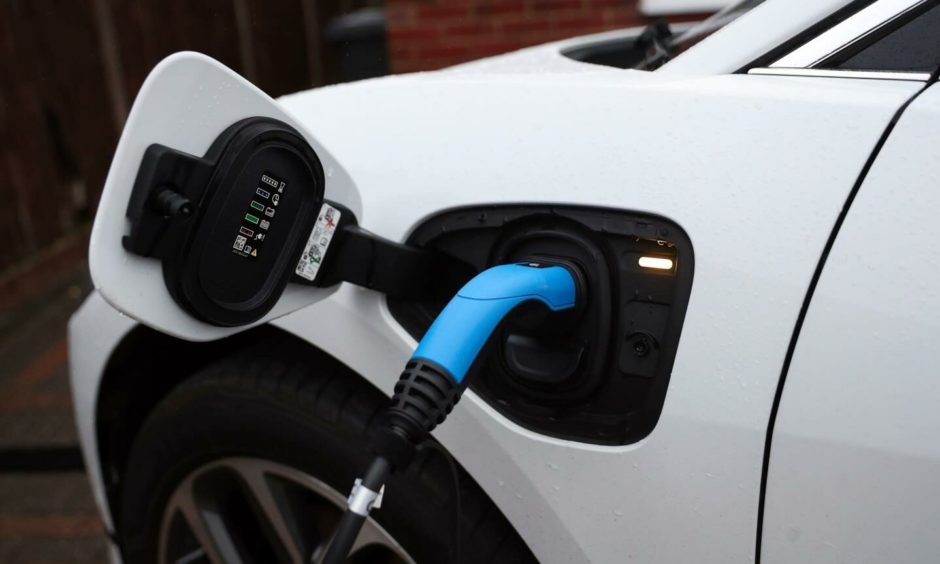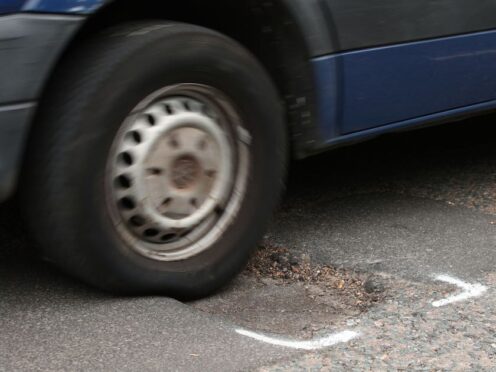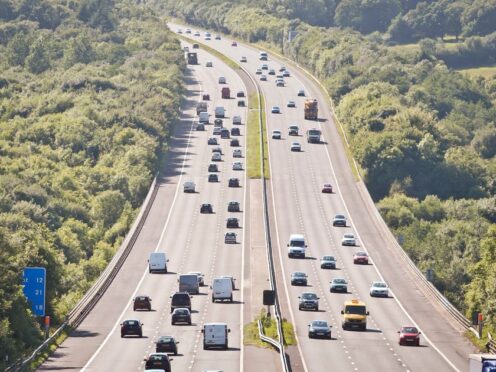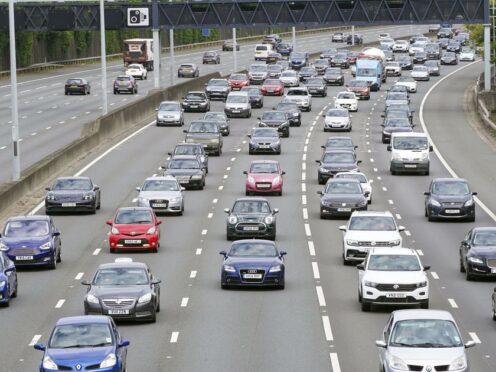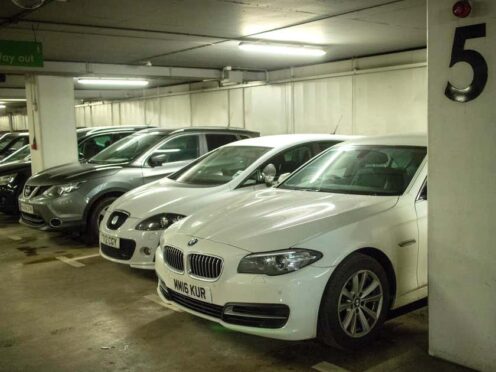More younger people plan to apply for an automatic-only licence, as new EVs drive a change in new motorists’ approach to driving.
Younger drivers plan to apply for automatic-only licences
A combination of the 2030 ban on new petrol and diesel vehicle sales, as well as the lack of a manual gearbox in EVs, could see an increase in younger drivers applying for an automatic-only driving licence, according to a recent survey.
Conducted by independent road safety charity IAM RoadSmart, the study questioned 1,000 drivers aged 17-24 and found that 61%were planning to apply for an automatic-only driving licence.
In addition, 81% of those interviewed said that they were “very likely” to purchase an EV as their next car, while only a small number – just 5% – said they were unlikely to buy an electric vehicle.
The study also highlighted the buying habits of younger drivers, with 51% of respondents saying that they’ll save money and pay upfront for a new car, with 17% stating that they would finance instead. Only 10% were in favour of getting a bank loan in order to purchase a new vehicle.
The traditional split between manual and automatic driving licences is becoming less and less relevant to modern motoring
Neil Greig, director of policy and research at IAM RoadSmart, said: “Our research highlights how young people are being proactive, not reactive, to climate issues and the changes to the automotive industry set to come by 2030, which is great to see.
“What these figures demonstrate is that the traditional split between manual and automatic driving licences is becoming less and less relevant to modern motoring.
70% of younger people believe it is easier to charge an EV than fill a fuel tank
“It’s time that this artificial distinction was ditched as part of an overall review of learning to drive that prioritises experience in all traffic conditions over the type of gearbox you have.
“Until things change, however, young people need to be aware that manual driving licences will always open up a wider range of job opportunities for them, particularly as the country recovers from the pandemic.”
The study also highlighted changing views on EVs in young people, with 70% stating that they believed electric vehicles to be easier to charge compared with filling a traditional fuel tank in a petrol or diesel car.
